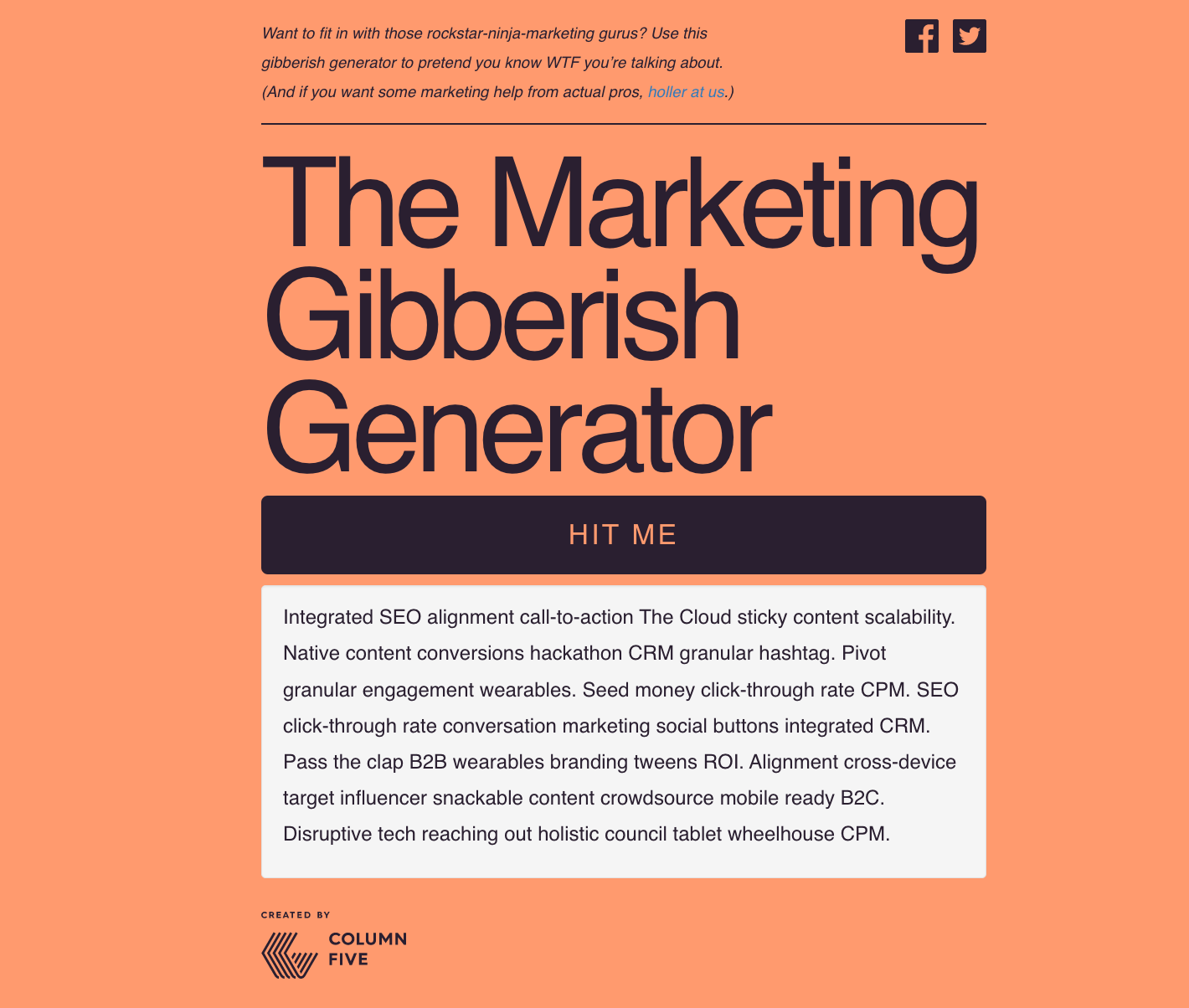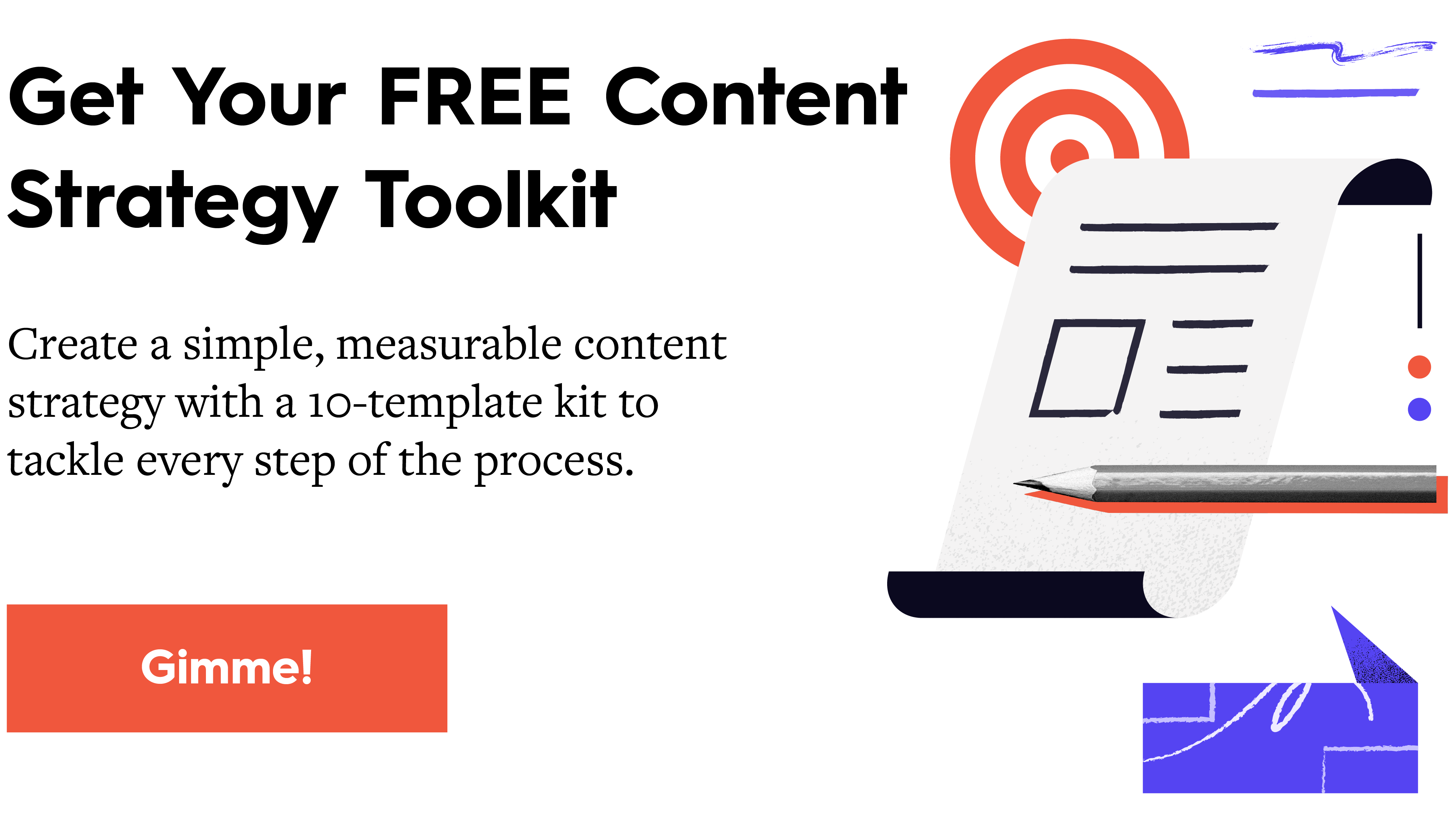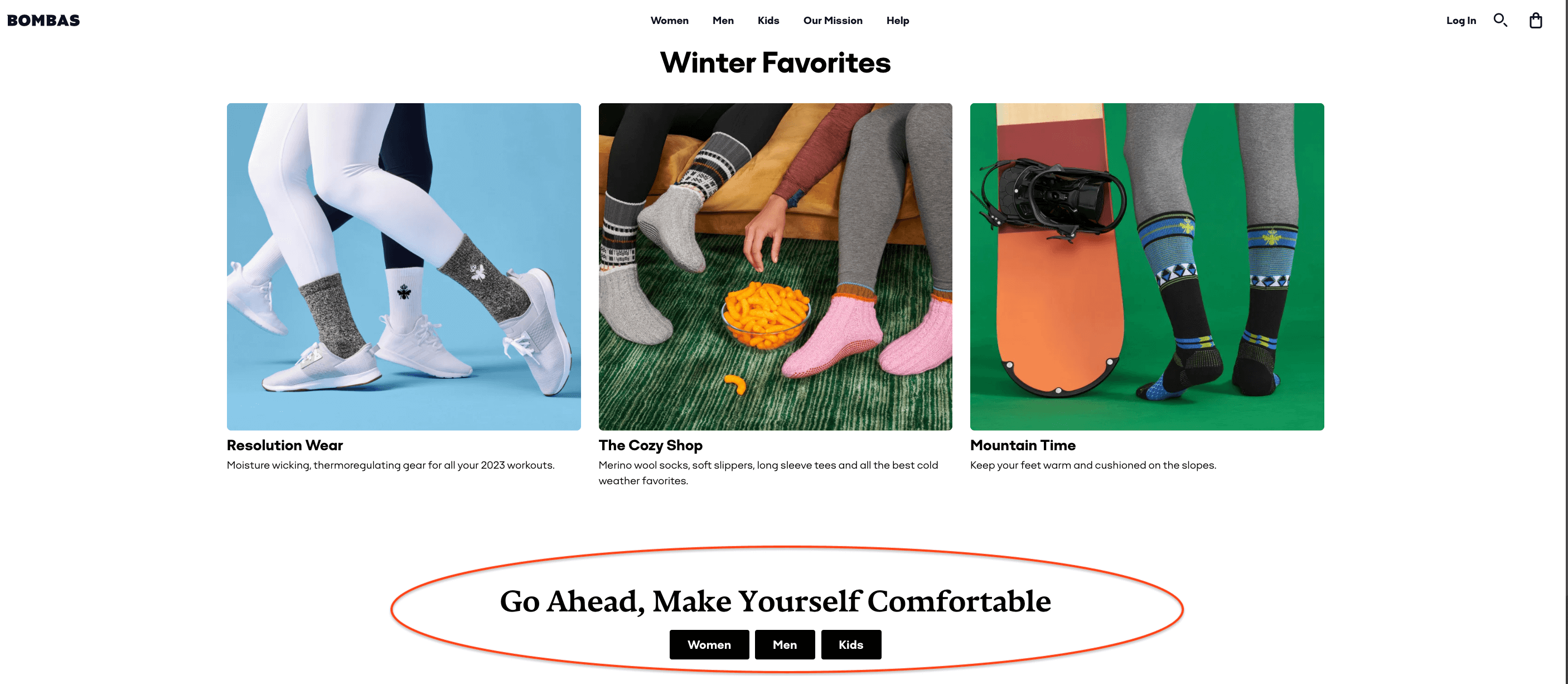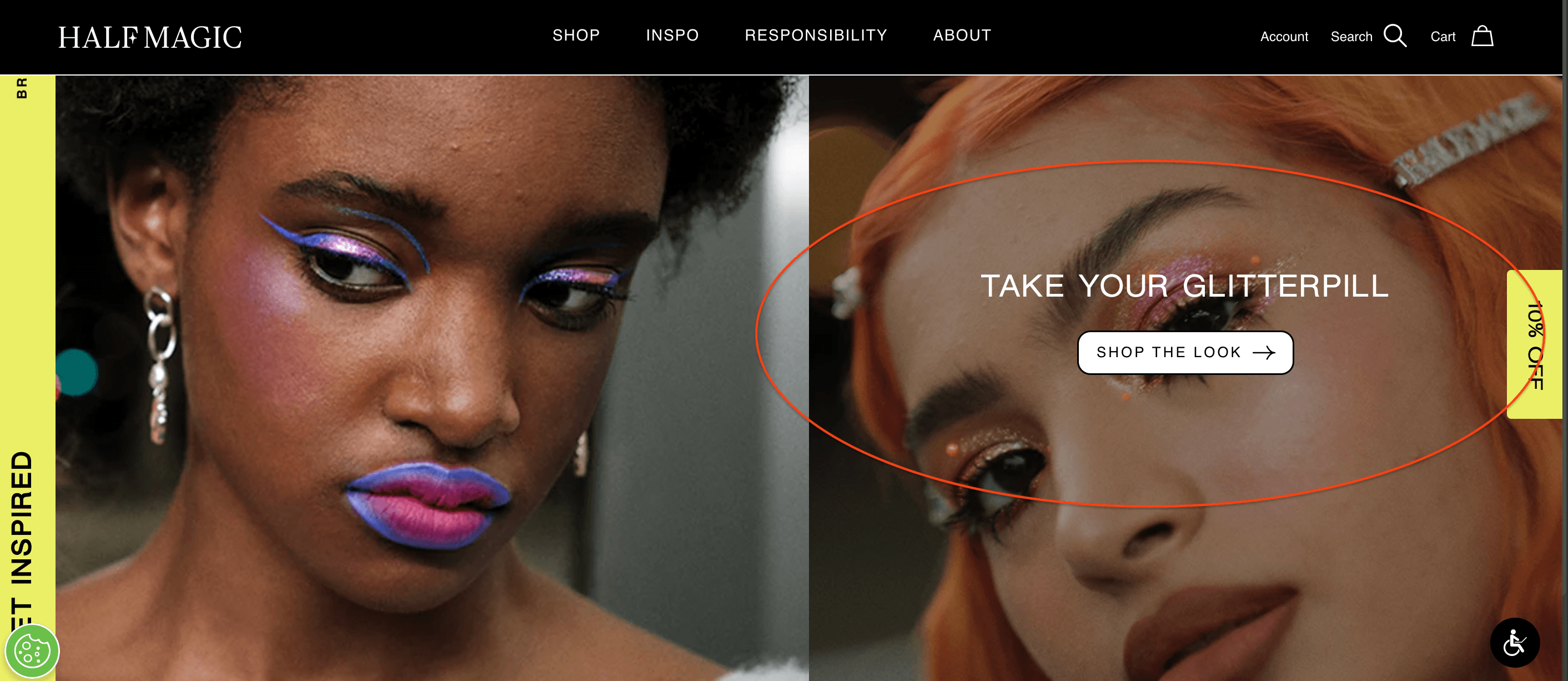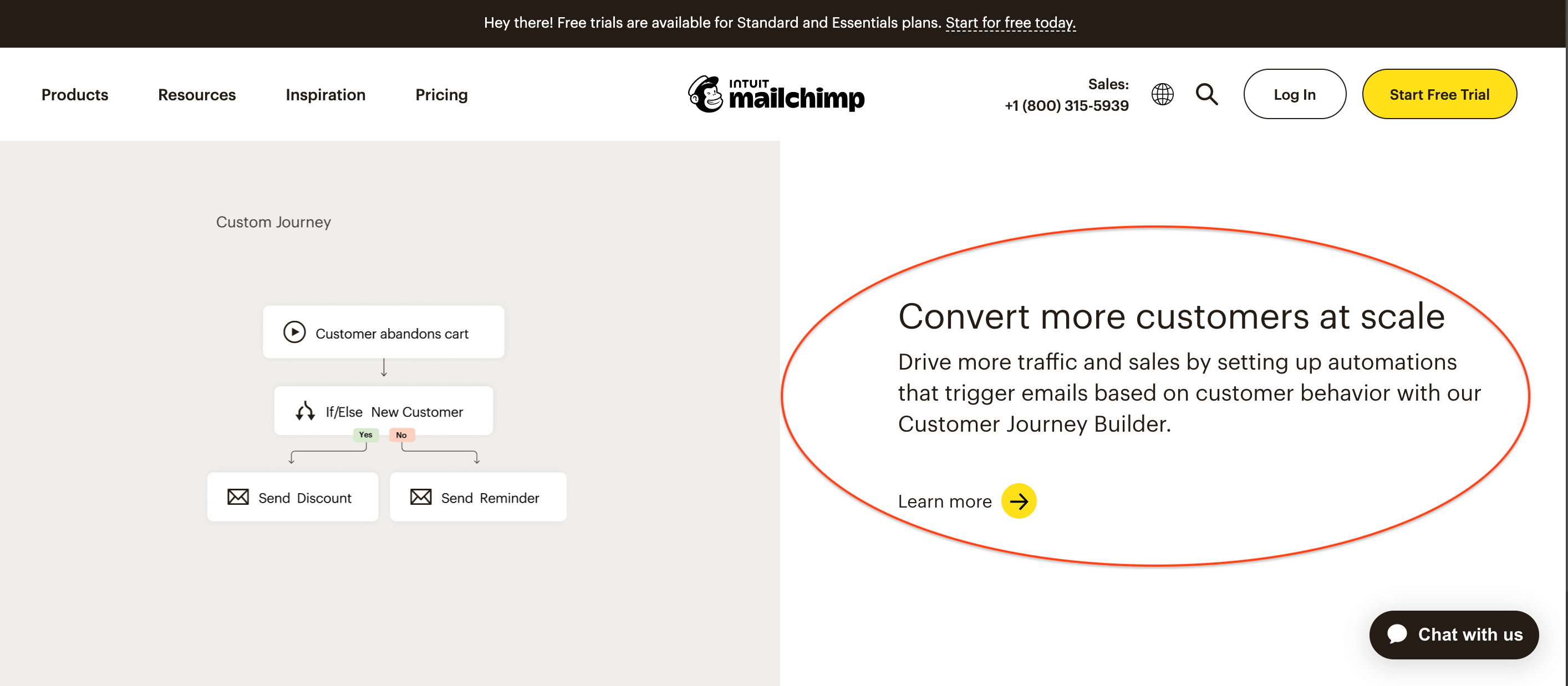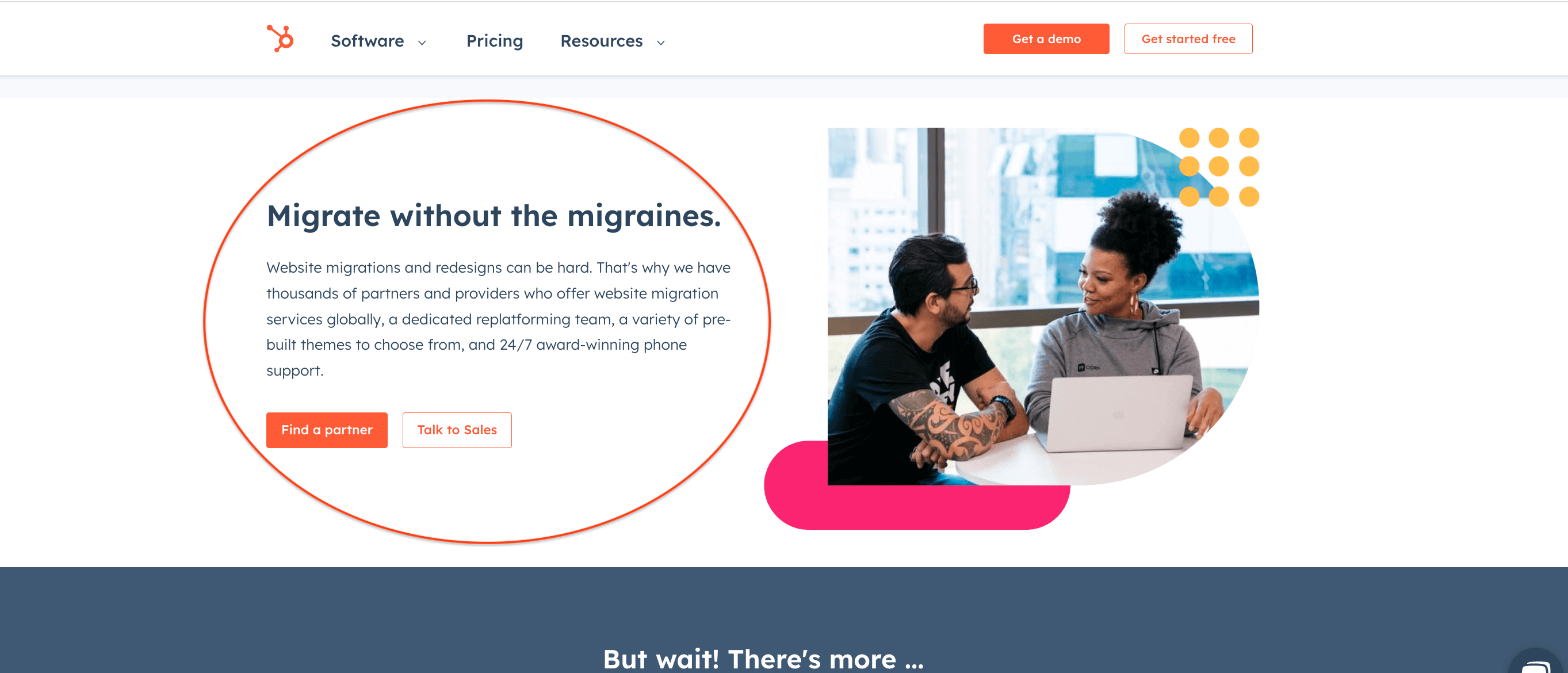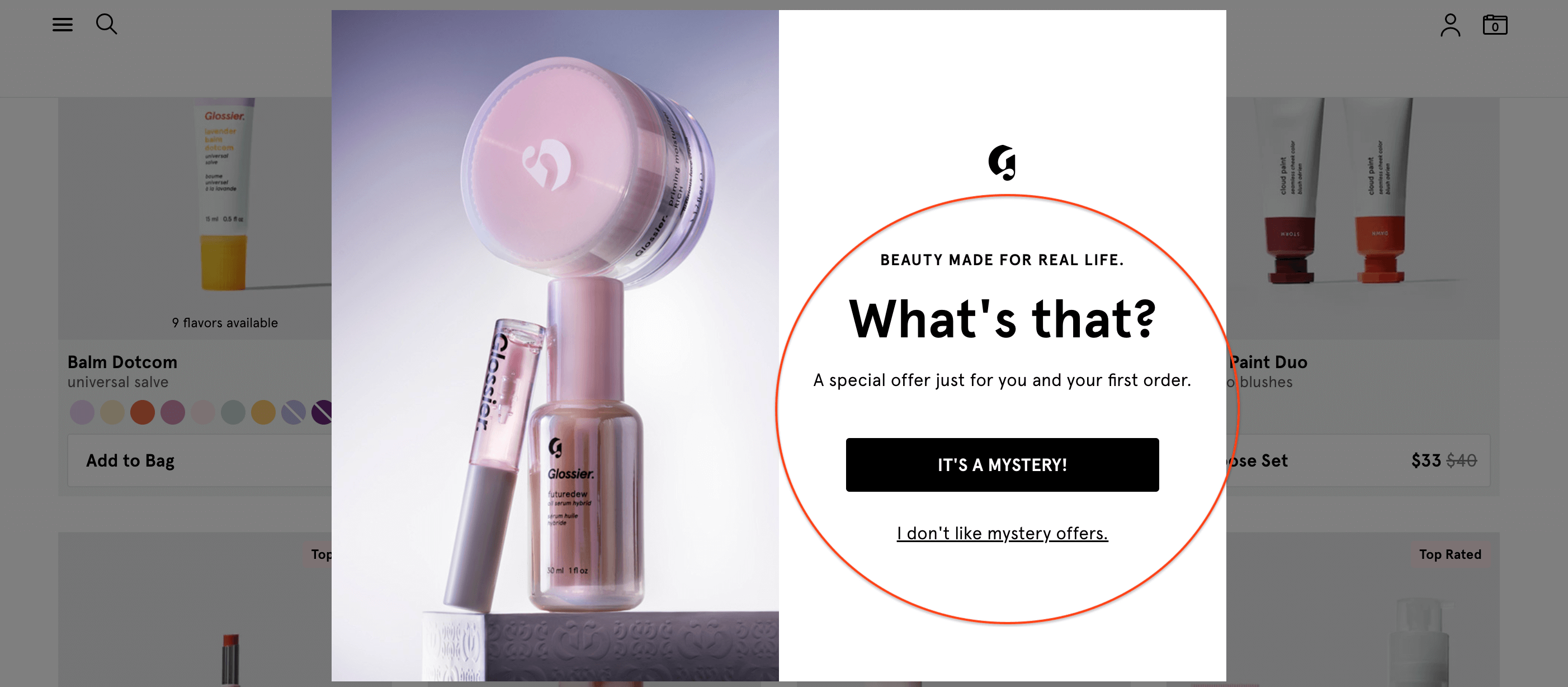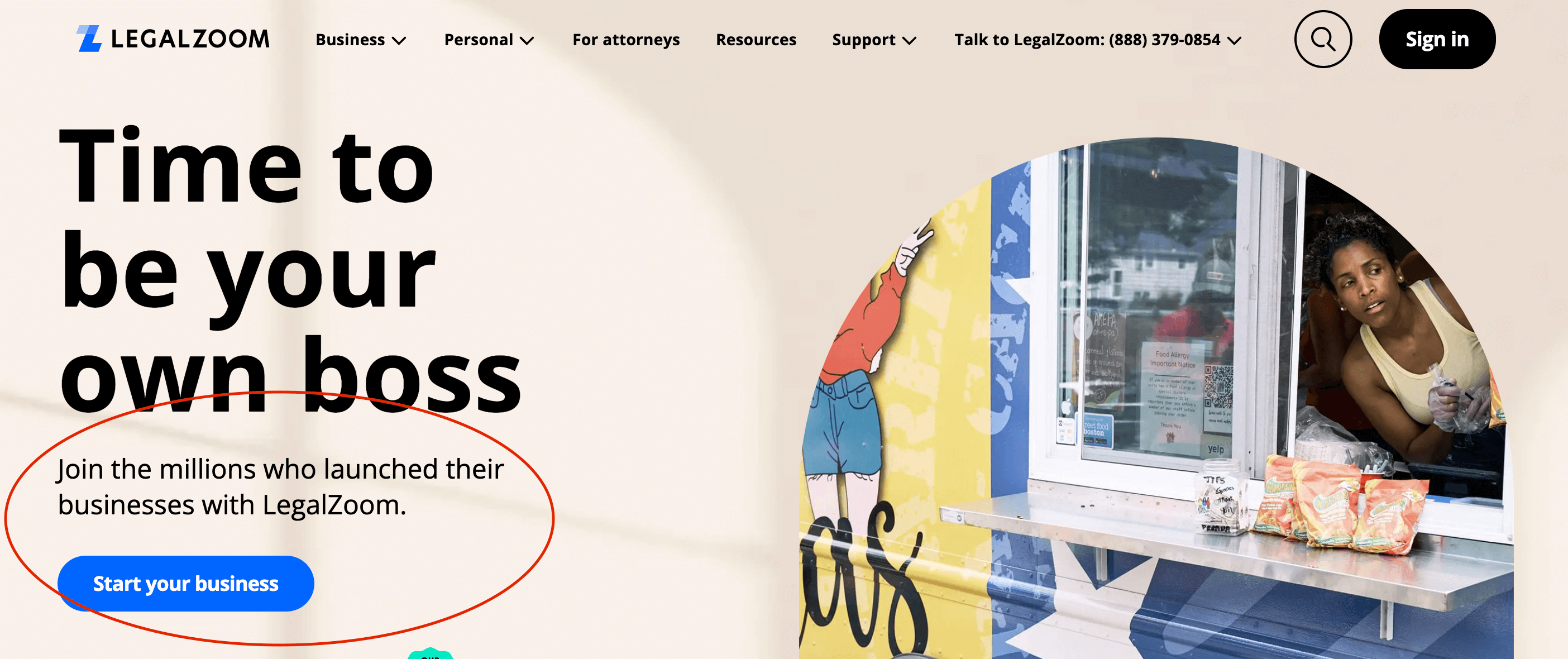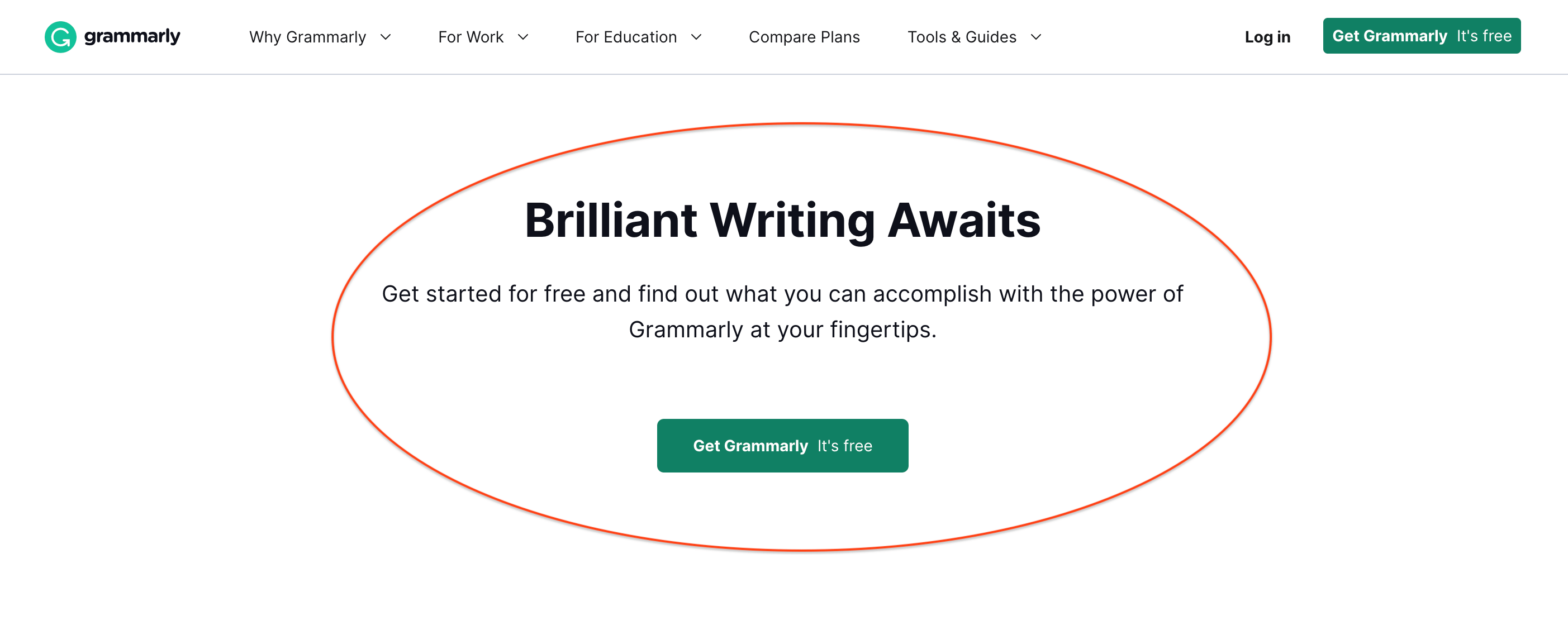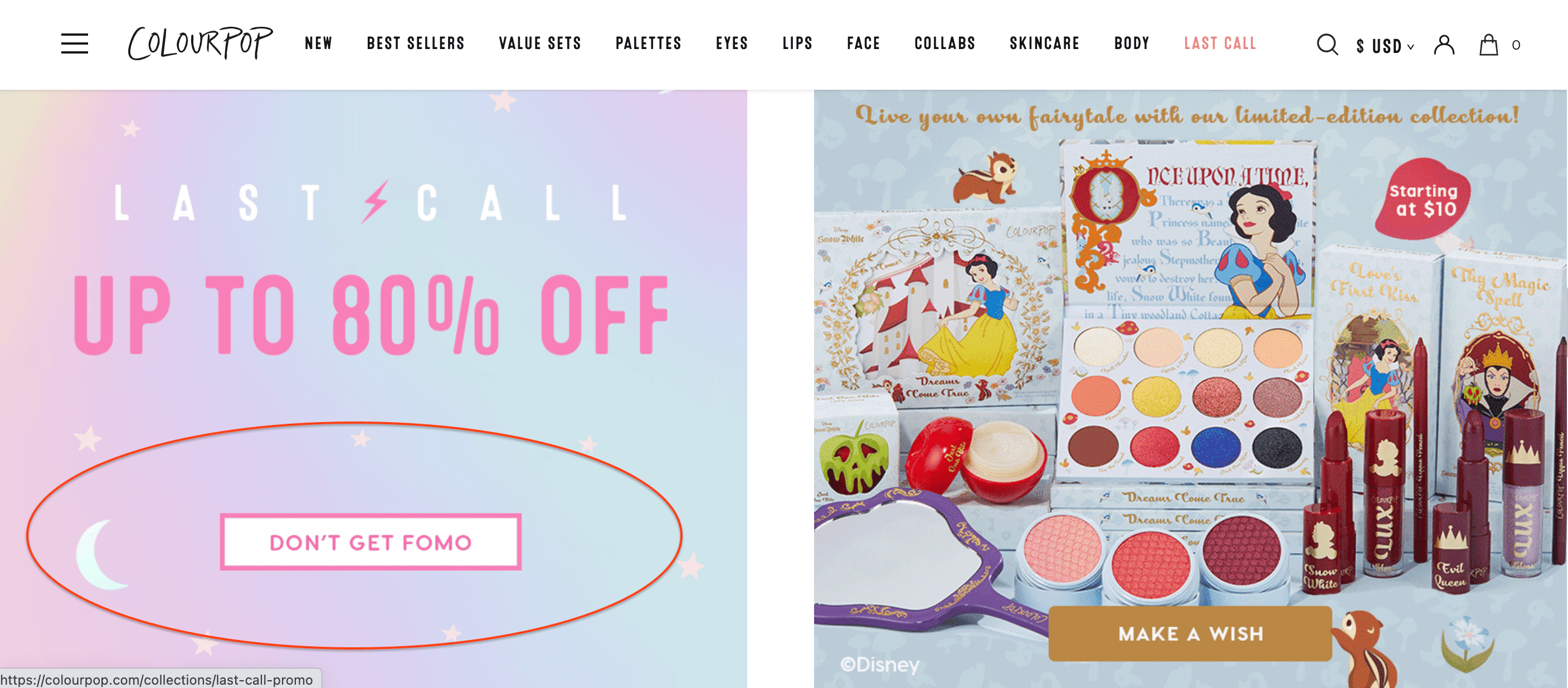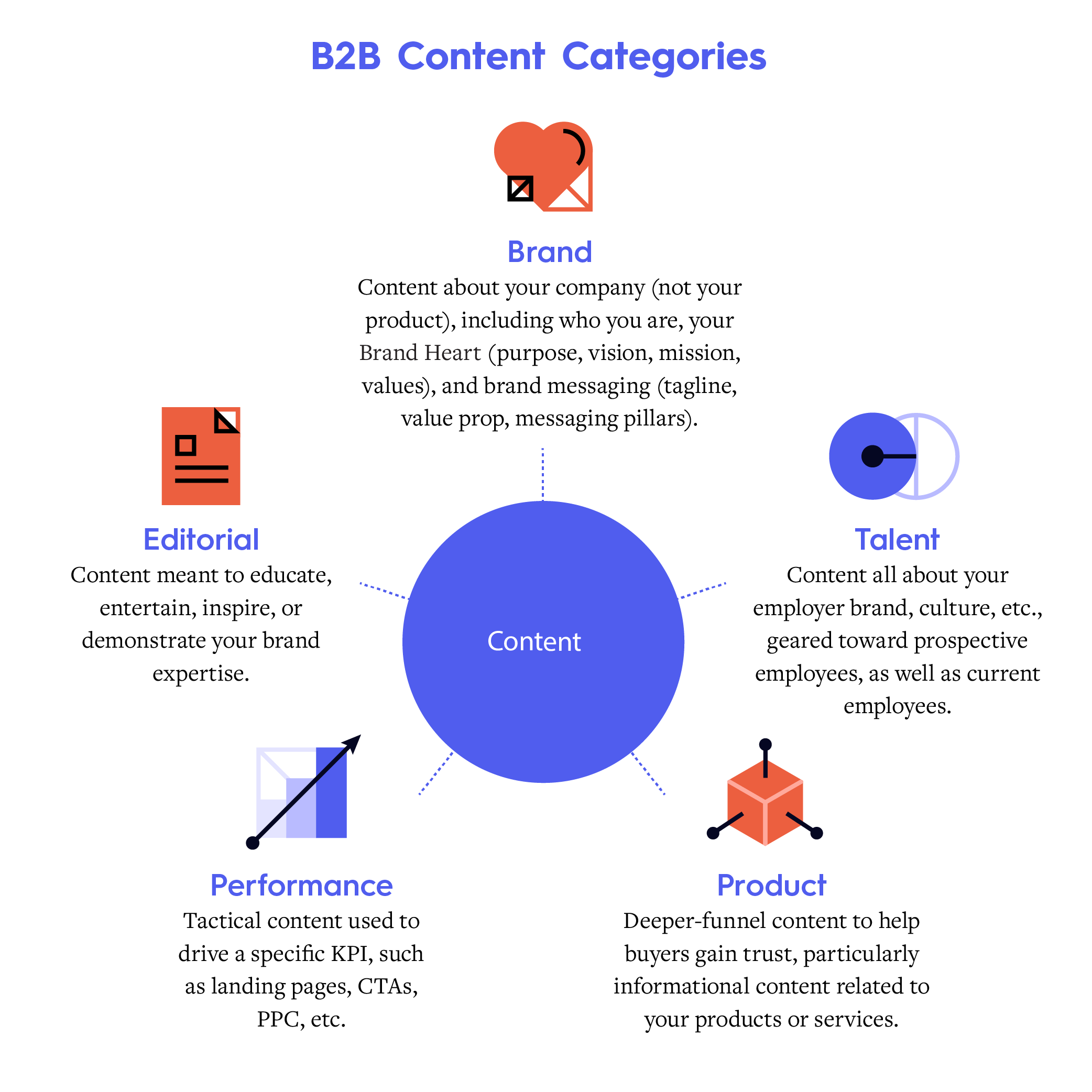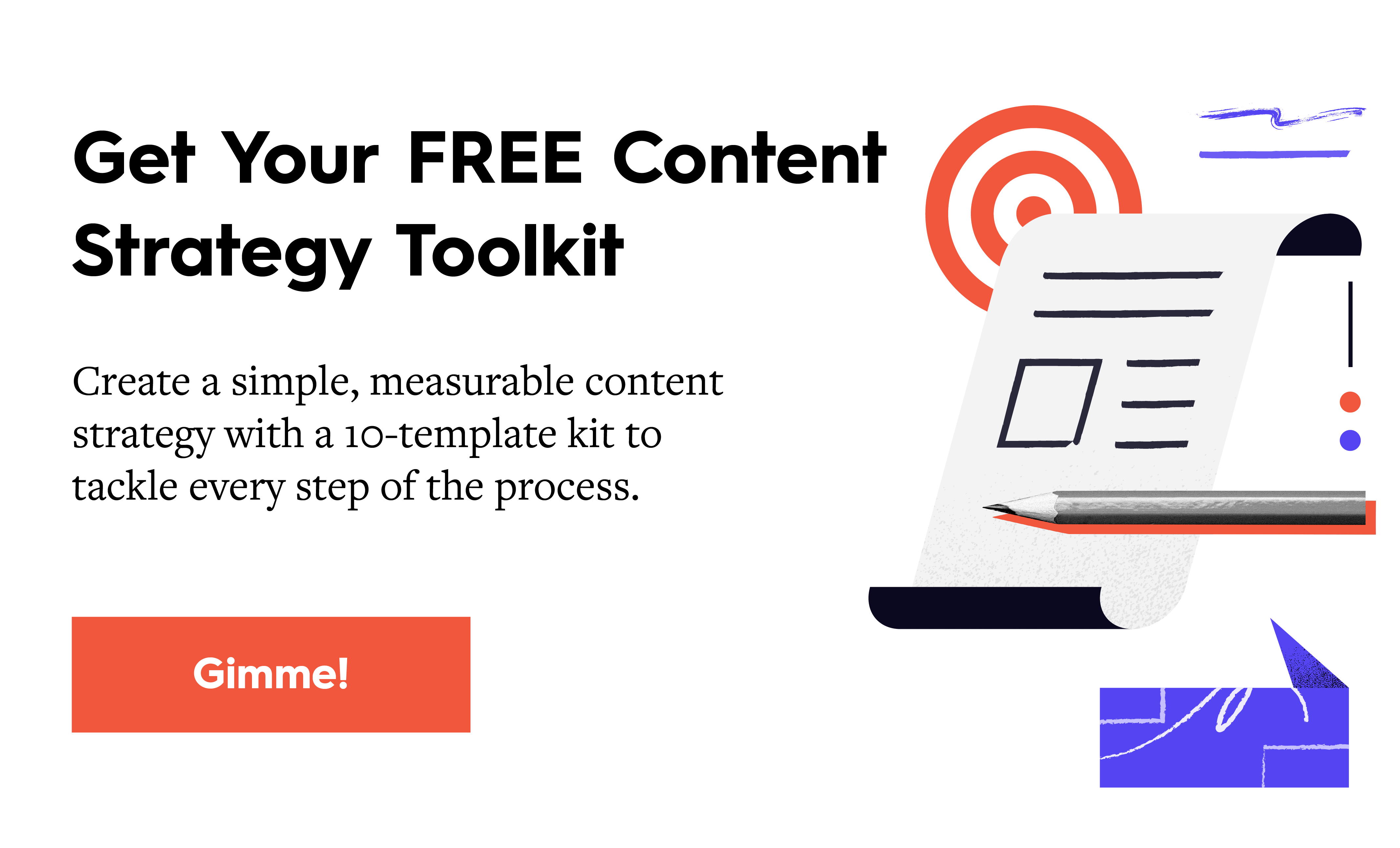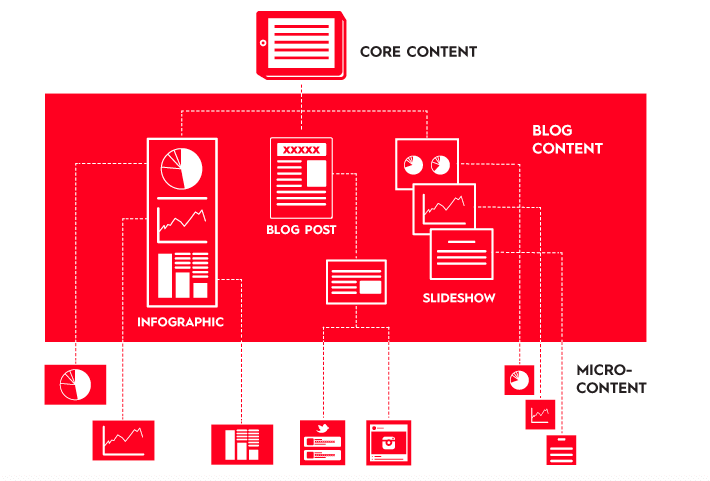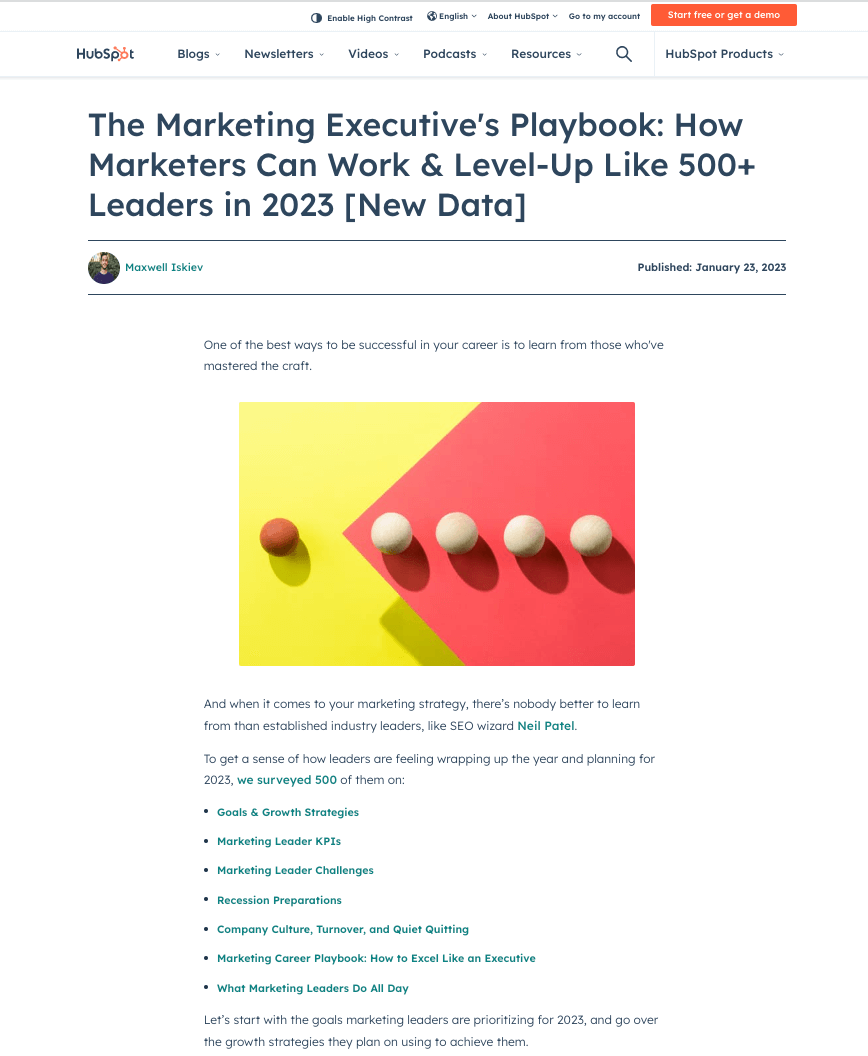Content marketing is part art, part science. You’re dealing with budgets, data, decision-makers, internal processes, and so much more. Oftentimes it feels like you’re running at full speed just to keep the wheels on. For all that effort, you want the best results possible. But, the truth is, if you’re not focusing your attention on the right things, you won’t win the way you want to. Luckily, we know firsthand that there are one, two, and even ten things you can do to improve your marketing ASAP. You just need the nudge to do them. That’s why we’re here to share our team’s best B2B content marketing tips to make your work easier—and more effective.
Best of all, every single tip we’re outlining today is something we’ve personally done—and helped our clients do—to improve our marketing operation. (You can even read about how we turned these tips into a 160% increase in bookings for our agency.) Since we know they worked for us, we hope they’ll do the same for you.
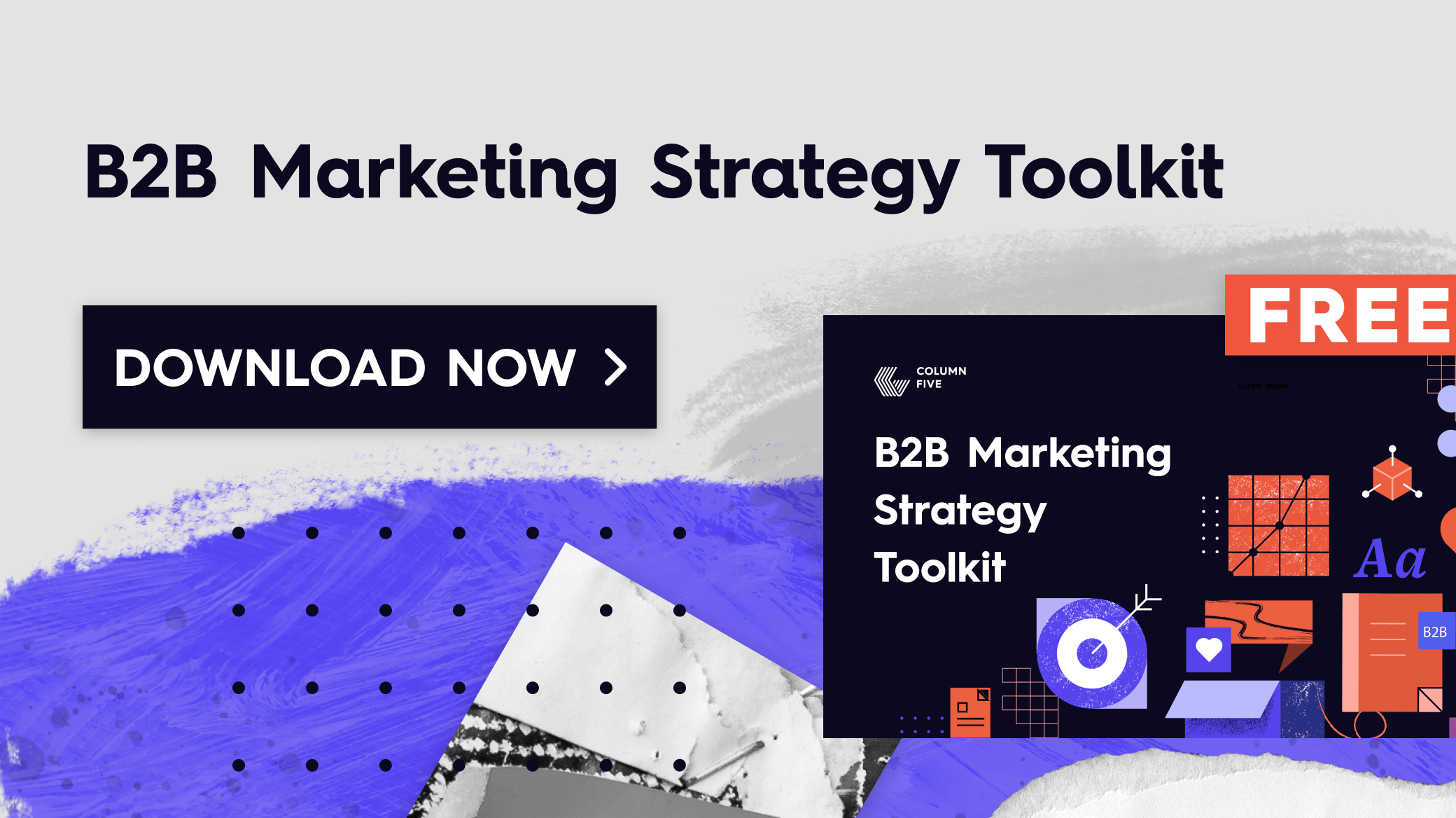
10 B2B Content Marketing Tips to Grow
These tips are both strategic and tactical, with varying degrees of effort, but we guarantee that these adjustments will drastically improve your day-to-day life and your long-term results.
1) Stop creating content—until you know your brand story.
This sounds like a crazy statement, but we’re serious. We’ve seen too many brands waste too much time on piecemeal content that doesn’t reflect their brand or support their strategy. Quantity does not equal quality, and the more time you waste churning out ineffective content, the more you’re going to dig yourself into a hole. A successful marketing operation is built on a strong brand, so you need to identify the key components of your brand (aka your brand story) before you can create compelling content that connects with your audience and turns them into customers.
Your brand story is the best source of content you have.
What does a fully articulated brand story look like?
- Brand Heart: You need to identify your heart (aka purpose, vision, mission, and values) to know what stories you should be telling to draw people to your brand.
- Messaging: To properly express who you are, communicate what you do, and tell your story consistently, you need a strong messaging framework that includes your tagline, value prop, and main story pillars.
- Visual Identity: You can’t compete or create strong content marketing without a visual identity that reflects who you are, as well as the guidelines to help your team apply it.
If you haven’t articulated your brand before, use our free brand strategy toolkit to do it, and see our guide to brainstorm strong brand stories that reach the right people.
2) Re-examine what you’re measuring.
“If you aren’t measuring success or analyzing results, then what’s the point of putting it out there?
—Elise Mastio, Column Five Senior Strategist
A good content marketing strategy includes documented goals and clear metrics to measure them. When brands aren’t measuring (at all) or aren’t measuring the right things, there is no way to gauge success or strategize how to improve.
“All goals need a plan. There are no marketing wishes; only marketing strategies.”
—Elizabeth Spurbeck, Column Five Senior Producer (Interactive Team)
Of course, good measurement starts with setting goals that are actually measurable. We are all about the OKR method (objectives and key results) to guide your goal-setting, track your progress, and tweak as you go. If you haven’t experimented with this before, see our guide to setting measurable goals and find out exactly which metrics you should be tracking.
That said, it’s easy to gravitate toward vanity metrics that look good in a report, but think critically about what type of data provides the most useful insights.
For example, here at Column Five, we had enjoyed a full year of record-breaking traffic leading up to our big site redesign in 2021. While that felt good to report on each month, what ultimately matters is the quality of our traffic. After we redesigned our site and removed a batch of irrelevant and outdated content, our traffic disappointingly dipped. But you know what else plummeted? Our bounce rate. Although we’re now getting much less traffic, we’re actually retaining more people. Had we only focused on traffic as our success metric we would have missed the real data story: that our fresh content strategy is clearly working, and we are attracting the right kind of people.
(See our guide to find the stories in your data if you need to brush up on your data interpretation skills.)
3) Optimize your production process.
No matter how many article ideas you have or campaigns you want to run, if you don’t have the process and infrastructure to get sh*t done, you just can’t be effective. (This is probably the #1 issue we see our clients facing, whether due to resource issues or good old internal silo-ing.)
To help things run as smoothly as possible, there are a few simple steps to take.
- Assign the right team roles and responsibilities. See our guide to build a kickass content team to provide accountability and clarity for your team—and ensure nothing slips through the cracks.
- Use the right tools to cut down on time. Assess your tech stack and look for ways to combine, consolidate, or upgrade tools and subscriptions. You can also take a look at these 100+ tools to make content marketing easier.
- Conduct postmortems. After you complete a project, have a meeting to talk through any challenges or speedbumps. This helps your team identify pain points, problem-solve together, and smooth out processes to save time, energy, and frustration. Even if you aren’t regularly hitting roadblocks, it’s always helpful to re-examine the way you work. Just because you’ve always done something one way doesn’t mean it’s the best.
To jumpstart this process, see our guide to master content creation.
4) Ask your audience what they’re struggling with.
It’s easy to get so excited about an idea you’d love to produce that you forget to consider whether or not your audience wants it. (All content marketers are guilty of this.)
“The bar is getting ever higher for work that is truly interesting and valuable to people outside your company. Creating this requires a fundamental shift to empathize with your audience first, not your brand agenda.”
—Ross Crooks, Column Five Cofounder
Remember that good content is content that is interesting, relevant, and useful to your audience. Understanding their needs, wants, and challenges is crucial if you want to brainstorm good ideas that will actually grab their attention.
You should have a clear understanding of your target audience. (If you don’t, use our free template to document your personas.) But there are a few low-lift ways to create more attention-grabbing content.
- Conduct simple social media polls. Ask them what type of challenges they’re struggling with, what types of content they find most helpful, etc. This tactic is an all-around win. It lets you engage directly with your audience, get their feedback, and use it to generate a fresh batch of ideas.
- Write an emotional headline. If you understand your audience’s needs/wants, you can infuse that language into things like headlines or social captions. Are they busy and stressed? Words like “easy,” “simple,” or “quick” will entice them to click. (BTW, we like Coschedule’s headline analyzer tool to punch up headlines.) Do you want to stand out? A provocative headline could grab attention.
- Don’t just brainstorm; vet your ideas. This seems simple, but it’s such an often overlooked step in the creative process. As you plan your content, think about how you can maximize the value. That may mean expanding on the topic (e.g., The Ultimate Guide to Brand Strategy), narrowing in on a specific angle (e.g., 7 Infographic Design Styles to Try Right Now), or adding your own expertise (e.g., The 5 Biggest Mistakes We See SaaS Marketers Make).
Also, don’t forget that you are dealing with real people. One of the biggest mistakes we see in B2B marketing is talking to people like they’re business representatives and not everyday human beings.
“Business decision makers are people too. They like cool stuff, good storytelling, unique experiences, and good design.”
—Katie Raney, Column Five Design Team Lead
Ultimately, your best bet is to lead with empathy. As long as you put your audience first, your content will always be more successful. For more tips and inspiration, see how these brands put empathetic content marketing into action.
5) Update your old content.
If you’re undergoing a massive marketing makeover (and starting a fresh content marketing strategy), net new content does not always need to be your first focus. In fact, oftentimes you can get even better results by cleaning up your current content archive. There are multiple reasons why this is a great idea.
- Algorithms favor fresh, rich content. By updating, consolidating, refreshing, and re-promoting your existing content, you can give your SEO a major boost and hold strong to the keywords you rank for and reoptimize for new keywords. (Find out how we used this strategy to help Blend increase their traffic 183%.)
- It gives your audience more to chew on. When you do attract new people with net new content, they will have a great library of your existing content (all fresh and current) to deep dive into.
- It takes less work. By reworking what you have, you can get twice the results for half of the work.
We have personally found massive success with this strategy, getting our top 10 most valuable keywords to rank on page 1, among hundreds of other terms. Best of all, this strategy ensures that our thought leadership stays current and aligned to our current brand strategy. (If you haven’t done a reoptimization campaign before, see Hubspot’s guide to do it the right way.)
Fun fact: This very article was originally published five years ago. What you’re reading now is a massively updated version with even more links and resources that we have spent the last few years creating.
6) Repurpose your content.
It takes time and money to create content, so you should maximize the impact (and lifespan) of every piece you create.
Beyond updating your content archive, there are so many ways to give a second life to content by reusing, remixing, and repurposing in different ways across different channels. This is the easiest way to create a steady stream of content to keep your audience interested and engaged.
What does that look like?
- Break an infographic into a series of visualizations for your next ebook.
- Publish quotes, data points, or excerpts on social.
- Consolidate an older article into a Twitter tip thread.
- Reuse illustrations in blogs, ebooks, and content.
For more tips to do this, find out how to repurpose your infographics and data visualizations.
7) Move quickly.
While you shouldn’t waste time on content that isn’t tied to your brand and content strategy, you also shouldn’t let perfectly good ideas wither on the vine. (We can’t tell you how many times we’ve seen this happen in the organizations we work with.)
Remember: The key to a successful marketing operation is creating a steady stream of quality content. Updating your existing content or reusing older content is one way to fill your feed, but you definitely do need to produce net new content on a steady schedule. The problem is that many brands struggle to do this consistently.
“The hardest part when you first start content marketing is striking a balance between planning and doing. You need to establish a publishing rhythm and measure results so you can learn what does and doesn’t work.”
–Jason Lankow, Column Five Cofounder
The problem is usually something to do with a lack of decision-making or an inefficient production process (see point 3). But the ability to move quickly in content creation is a huge competitive advantage.
“There’s nothing worse than seeing your great idea—done by someone else.”
—Katy French, Column Five Content Marketing Director
Whether that’s joining a timely conversation, participating in a trend, or responding to current events, the more flexible you can be in your storytelling, the more you’ll stand out. Unfortunately, when you’re too busy overthinking a concept, waiting for approvals, or going round and round in endless revisions, you fall behind. (FYI, sometimes doing something late is worse than not doing it all.)
“Listen to your experts (internal, agency, or otherwise) if they tell you that this ‘trendy’ thing you want to try is actually already tired. Appeal to people and be fun, but please don’t hop on a meme 3 months too late.”
—Keisha Hester, Column Five Marketing Manager
To keep the machine moving, use our free editorial calendar template for scheduling and planning. You should also pre-plan for the unexpected, especially when it comes to current events. In fact, we recommend creating a general system or rubric to help your content team understand when and how to respond to various trending things. For example, we ask ourselves the following questions before we hop in:
- Is this relevant to our Brand Heart? We only think our participation is valuable if it aligns to our brand’s beliefs or areas of expertise.
- Do we understand what’s really happening? You may want to jump in immediately, but sometimes you need more information before making a call.
- Are we being honest? We never want to virtue signal or be performative.
- Can we add value? Our brand always wants to be proactive vs. responsive, so doing things like sharing resources or helpful information feels more productive and worthwhile.
Check out our additional tips to newsjack without being a jackass.
9) Choose the right format—not the “cool” format.
Marketing moves fast, as do content creation tools. Now, you have more options to share your story than ever, from ebooks, to interactives, to videos. These are all storytelling tools, and they all offer a different experience to your audience. That’s why you need to know which tools are right to tell your story to your audience. Depending on the channel, use-case, or general preference, people may want different types of content in different types of formats. That’s why it’s so important to choose the right format for your story.
We’ve been guilty of this ourselves. For example, we once spent a (very large) number of hours on a slick interactive ebook that gave us very little ROI. It wasn’t because the content wasn’t valuable, or because the creative was bad. It was because, frankly, the format was not right for the story. Our ebook was meant to be a helpful resource for someone to bookmark, share with a team, or reference over and over. The robust interactive was beautiful, but the information was a bit more buried than it would be in a straightforward PDF ebook. Ultimately, we decided to translate the interactive’s content into a static PDF ebook, and it has been downloaded many more times than the interactive was viewed.
If you’re not sure what types of formats you should be utilizing, see our breakdown of different formats and when to use them.
10) Experiment with new things.
Content marketing is a crowded space. Innovation and originality play a huge part in successful content. But like lemmings, it seems many brands are playing a game of “follow the leader.” One video goes viral, every other brand makes a copycat. One infographic does well, a brand wants five more on the same theme. It feels more comfortable to play it safe, but that also keeps you stagnated.
We know taking risks is scary, but it’s the only way to figure out how you can improve. That doesn’t mean you have to hop on every trend or sink a quarter of your year’s budget into one fancy new piece of content. But small, intentional risks are well worth it. Whether it’s mixing up your CTA style (we’ve experimented with a variety of visual CTAs) or exploring a new format, creative experimentation keeps you on your toes—and keeps you competitive. Even if you fail, there’s always a lesson somewhere.
“The only thing more powerful than ‘why?’ is ‘why not?’ Knowing what works by looking at the past is great, but great content practices always leave room for risk and experimentation.”
— Asher Rumack, Column Five Director of Growth
One helpful way to get inspired is to use our free competitive audit template to get insight into what your competition is doing, how you compare, and how you can outshine them.
Last Tip: Get the Right Help
From strategy to steady publishing, you might need some support to guide your content marketing operation. There are plenty of agencies out there, but it’s important that you cultivate a healthy, creative, and collaborative relationship with whomever you choose.
Above all, the best way to improve your marketing operation is to stay educated about the best branding and marketing practices. Check out our library of free resources, subscribe to our newsletter, and encourage your team to share what they’re learning. (We have an #inspiration slack channel where we share anything and everything.) The more you talk and share ideas, the more good ideas you’ll have.

